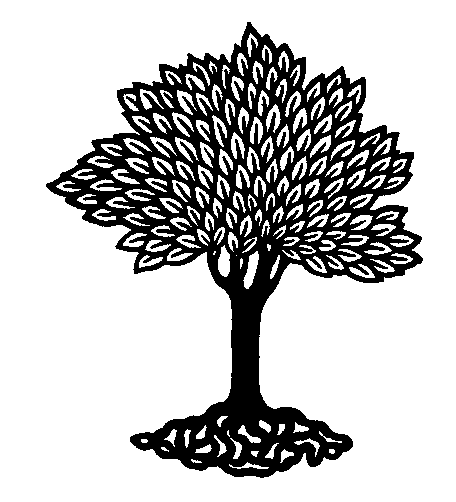Sham Plants - Phenetic Classification
- Exercise 1
Data
Collection/Analysis:
- Study the sham plants created by Dr. W. Wagner (University of
Michigan). Identify at least 15 different characters possessed by one or more
members of these plants. Write the name of the character in the column
on the left side of the character table.
- Identify the states for each of the characters that were selected.
- Score all 18 for each character (state). Assign each character state
a numerical value (i.e., 0, 1, 2). Use "0" to represent the
most common character states
Taxon Identification: Assume that all of
the plants represent individuals in a single family, Dendrogrammaceae.
Now:
- Decide how many species are represented by the diagrams ____________
- What criteria did you use to delimit species?
- What other information would you like to have to help in making your
decision?
- Are you a lumper or splitter?
- How many genera do you recognize? _____________
- Write a description for each genus.
- Create a Venn diagram to represent the nested
sets for your classification.
- Compare your results with other groups.
Phenetic (Artificial, Mechanical, Natural) Classification
- Now, assume that each sham plant diagram represents an individual in a
separate species. Construct a phenetic classification for the sham
plants based on a single character. Place the plants (use numbers) into their respective groups.
- What criterion(a) did you use to construct your classification? Is
this an a priori or a posteriori classification?
- Is your classification an example of an artificial, mechanical or natural
classification? Are there other valid ways that these plant could have
been
classified?
- Now, create a phenetic classification based on several characteristics?
Compare this classification to your other - which is better? Which might Linnaeus have done? Or Theophrastus?
Or, the de Jussieu's? Is this classification an a priori or a
posteriori classification?
Last updated:
08/20/2007 / � Copyright by SG
Saupe

